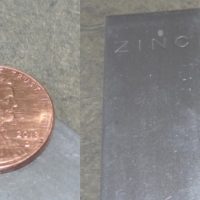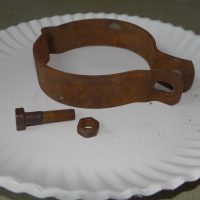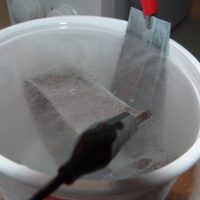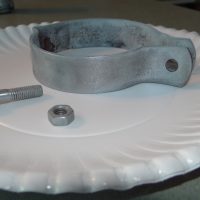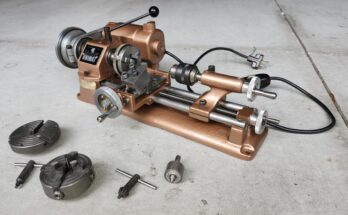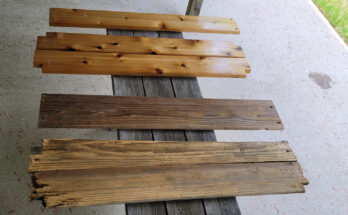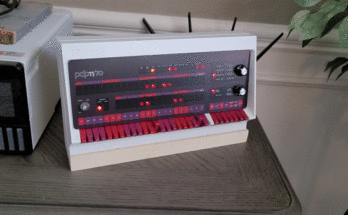In just one year, the Ukrainian-built Dnepr motorbike has accumulated what appears to be decades of rust. While the painted surfaces are fine, most bare steel pieces have an even coating of light rust. From what I’ve read about these machines, the metallurgy used wasn’t world-class and rust was inevitable. Eventually I’ll rebuild the Dnepr and set things straight, using better rust-proof fasteners. The other steel pieces will get plated.
I’ve been researching simple electroplating for a few weeks. For my needs, it appears that zinc plating would make the most sense and be the least-costly solution. Zinc is inexpensive and provides a nice, silvery-gray surface that resists corrosion. In addition to the zinc, I needed to make a solution of white vinegar, magnesium sulfate (Epsom salt), and sugar. Most home electroplating is done with a pair of D batteries, creating a 3 volt current, but I decided to use the power supply from my electronics workbench, dialed to 3 volts.
I tested the plating process with a penny, which was covered with zinc in seconds. I then moved to the Dnepr’s exhaust bracket. When rust is present it must be removed prior to the plating. This is the hardest part, since complex shapes can have crevasses that are difficult to access. I used a wire wheel to clean the bracket the best I could, but there were spots of thicker rust that didn’t come off. I later realized that those areas didn’t plate very well, leaving dark splotches. Next time, I’ll need to grind off any stubborn corrosion that the wire wheel doesn’t remove. Overall, I was satisfied with this initial test. Going forward, I’ll have to get parts completely down to bare metal, with no rust or other contamination, prior to plating.


